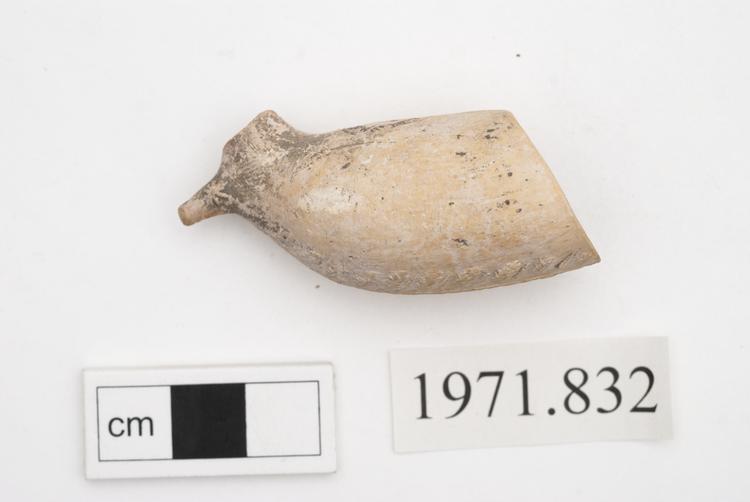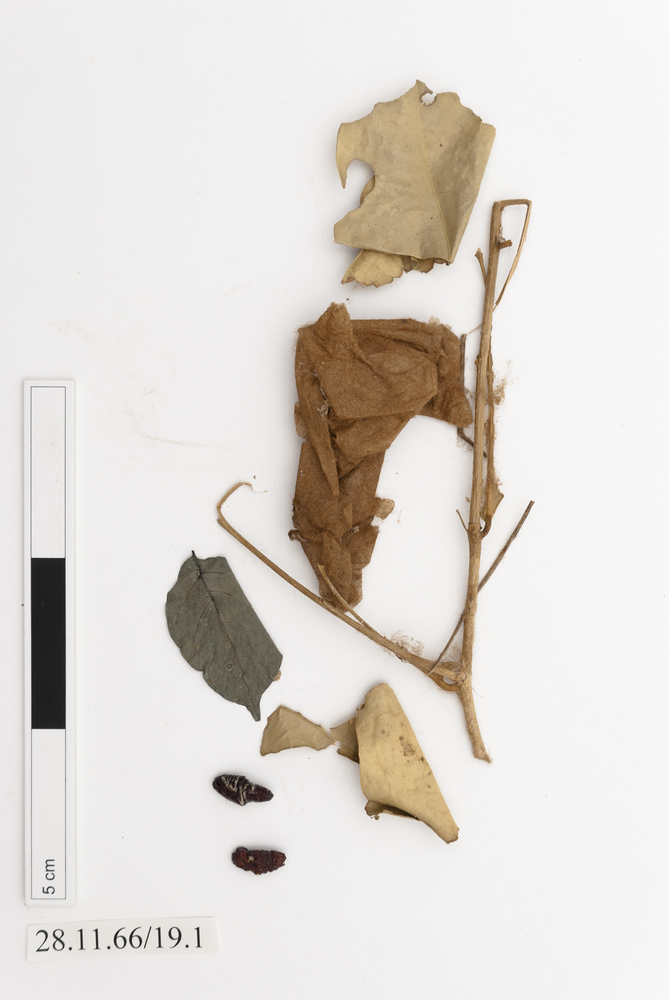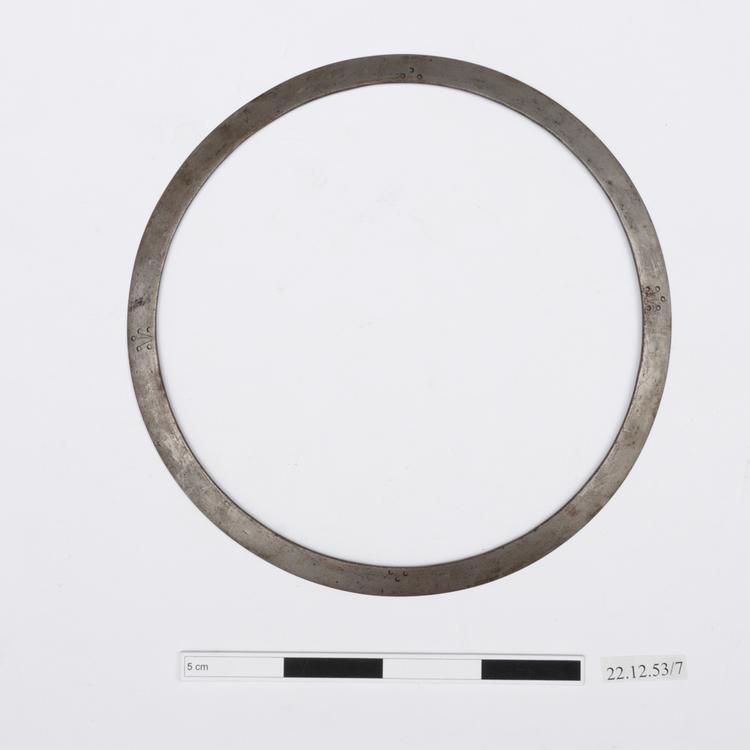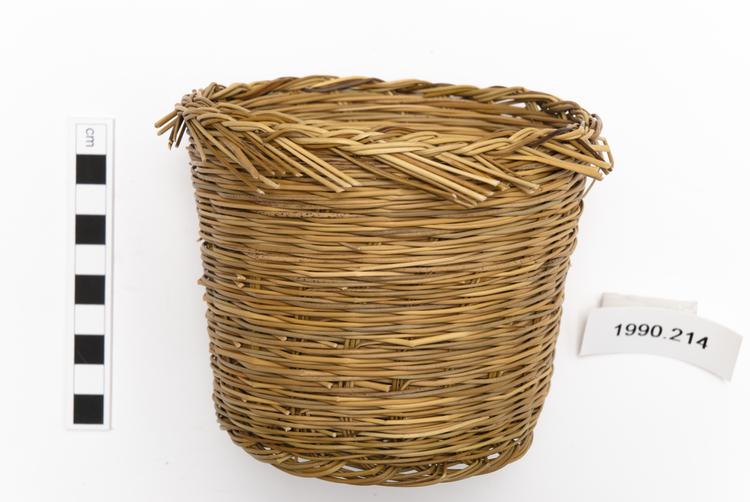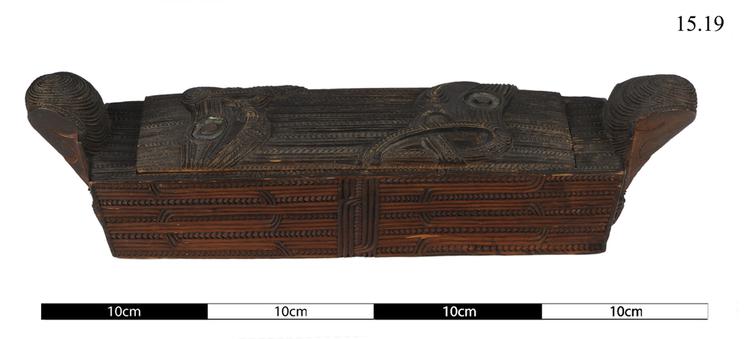

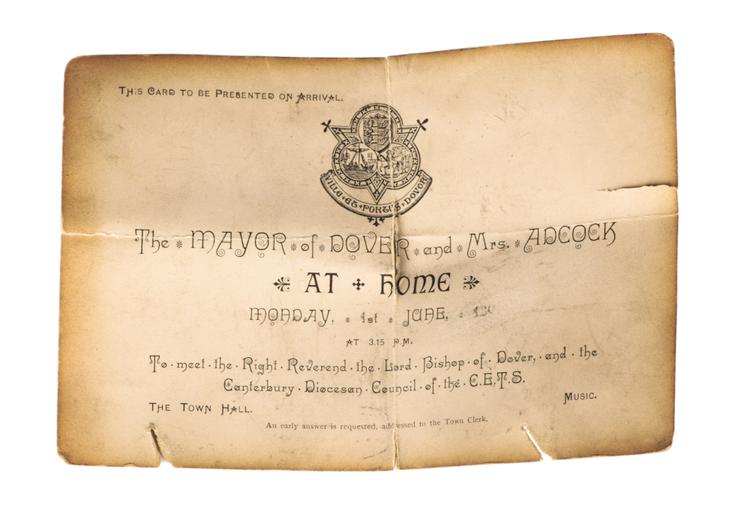
Feather box (papahou), with lid. The box is made of kauri wood, and is elaborately carved all over. The carving include a pair of opposed faces on the inset lid, each relief-carved in a distinctive profile style.
The parallel sets of engraved lines running across the rectangular lid continue seamlessly onto the sides of the box itself. There are two raised lugs at the ends of the box, like the prow and stern on a canoe.
Although containers of this kind were treasures in their own right, they were used by the Maori people to contain their smaller god images, fine pendants, ear ornaments, hand weapons and other revered ancestral treasures (taonga).
Treasure Box, Papahou, Maori People, New Zealand. The treasure boxes of the Maori are extremely refined and sophisticated containers: carvings of prodigious skill. They were traditionally suspended from cords in the Maori house (whare), and so their decorative engraving is as fine on the underside as it is everywhere else. While the commoner, round-formed wakahuia style of box was carved throughout much of New Zealand, the rectangular and flat-lidded type known as papahou was produced in the northern part of the North Island only. This example features a wonderful pair of opposed faces on the inset lid, each relief-carved in a distinctive profile style. Another nice feature of this box is the way that the parallel sets of engraved lines running across the rectangular lid continue seamlessly onto the sides of the box itself. The two raised lugs at the ends of the box, like the prow and stern on a canoe, are distinctive: their refined form is reminiscent of the carved human heads on the pommels of Maori hand clubs, pitau canoe-prow carvings and other sculptures, and it may be that they once had such a form. Although containers of this kind were treasures in their own right, they were used by the Maori people to contain their smaller god images, fine pendants, ear ornaments, hand weapons and other revered ancestral treasures (taonga). Kauri wood. Late 19th century. Provenance unknown.



